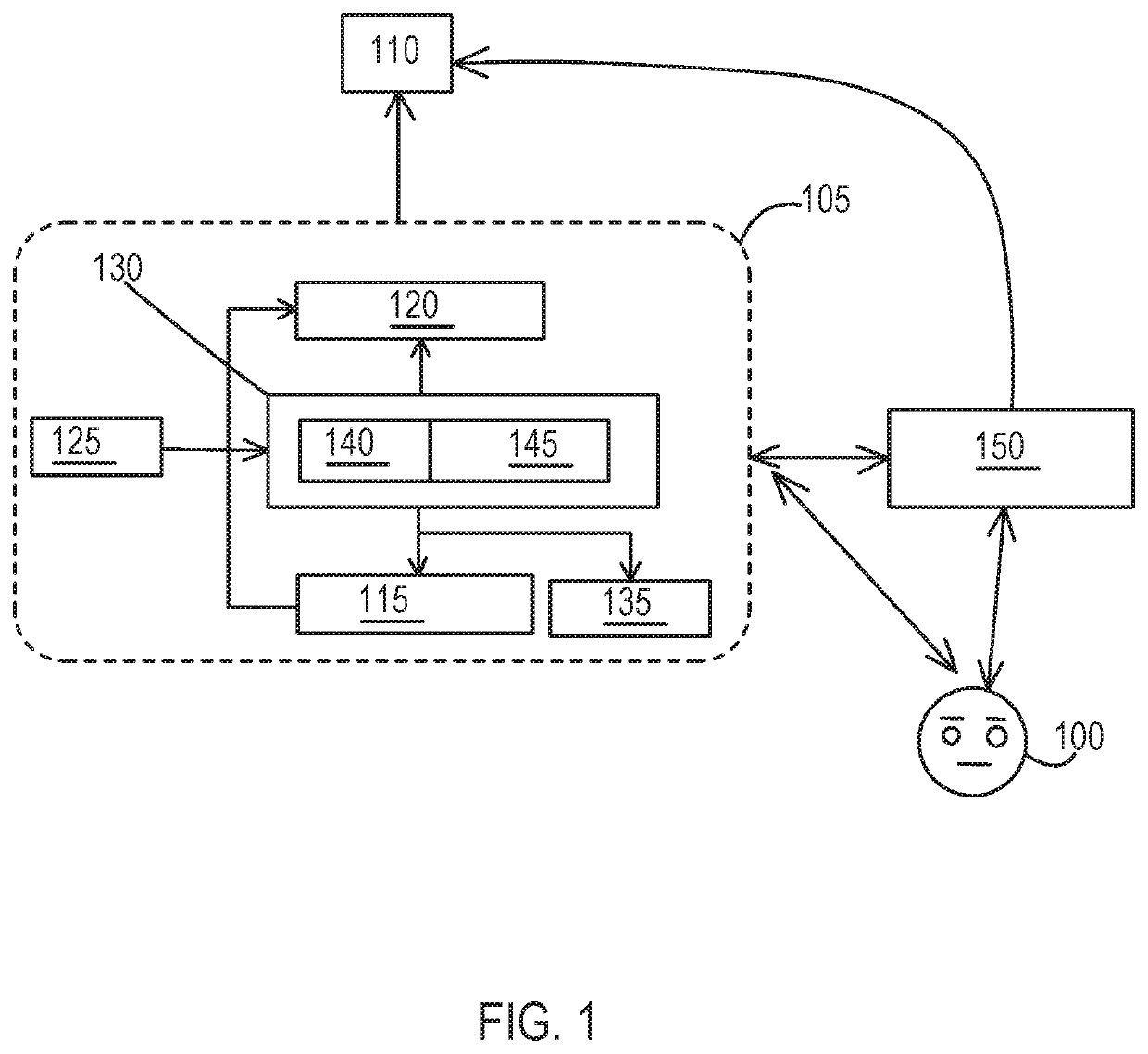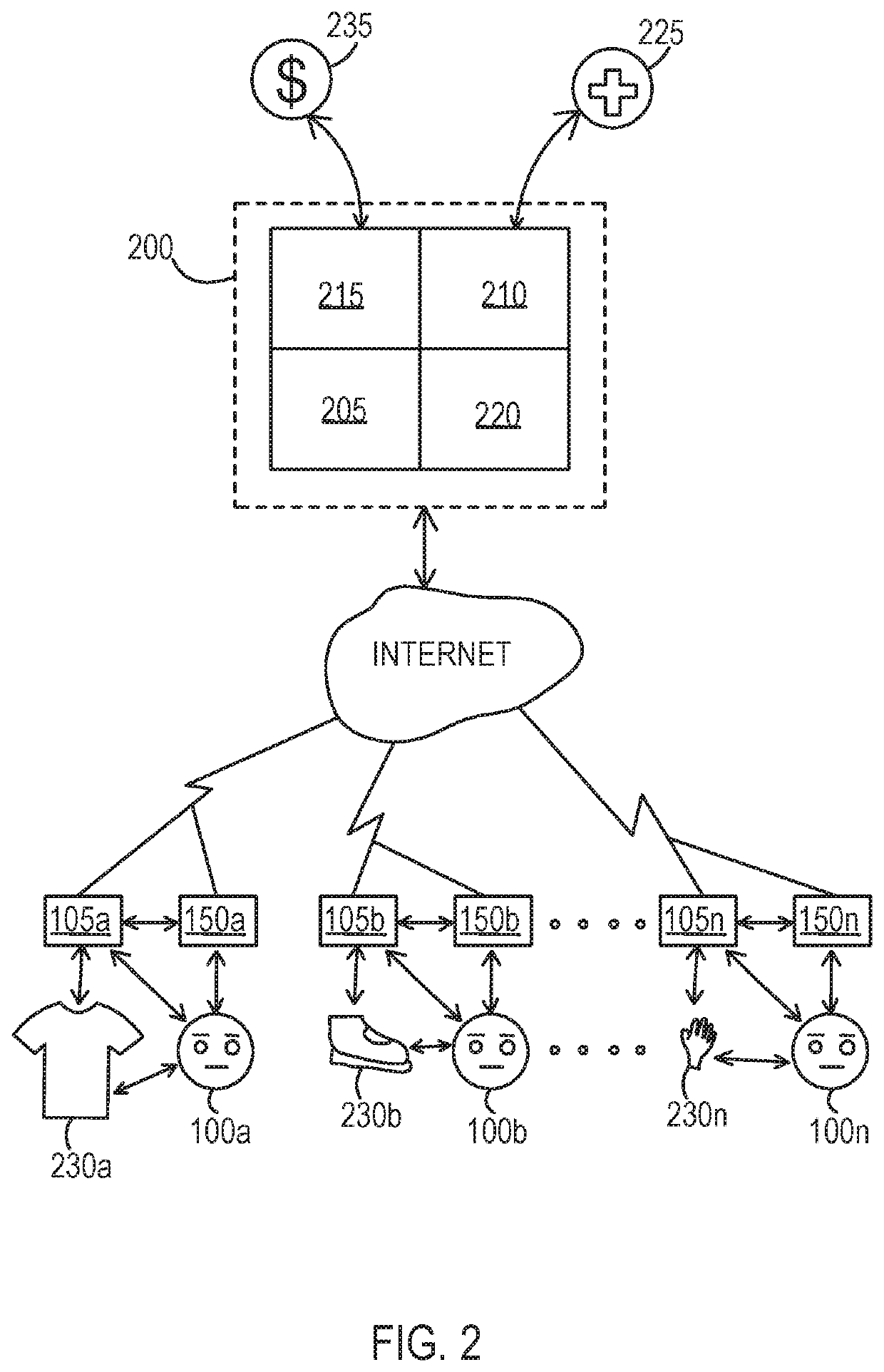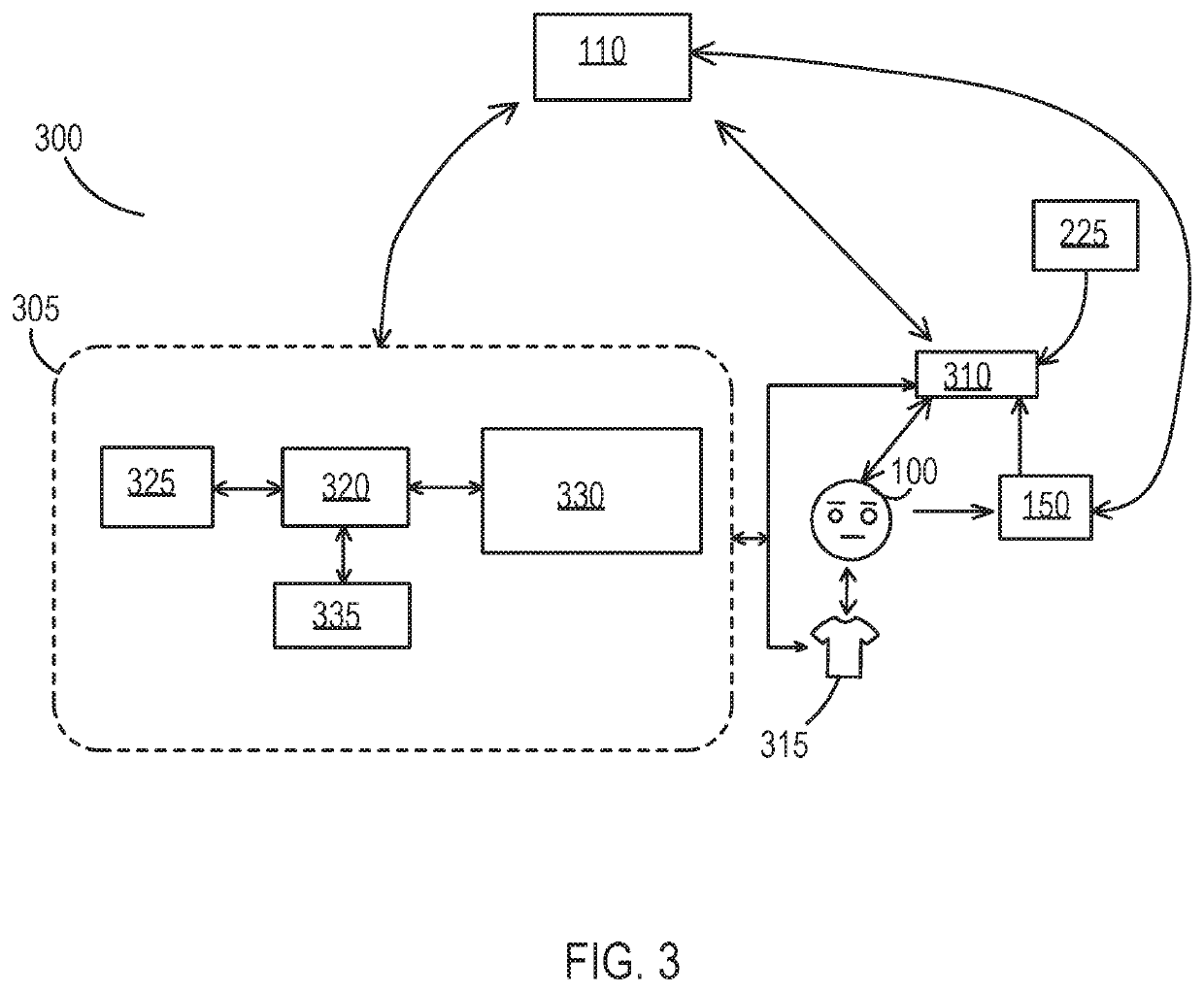Componentry and devices for light therapy delivery and methods related thereto
a technology of light therapy and components, applied in light therapy, radiation therapy, therapy, etc., can solve the problems of adverse therapeutic outcomes, reduced treatment effectiveness, and underutilized lllt as a therapy, so as to reduce the amount of swelling and pain, enhance the time required for wound healing, and reduce infections
- Summary
- Abstract
- Description
- Claims
- Application Information
AI Technical Summary
Benefits of technology
Problems solved by technology
Method used
Image
Examples
example 1
lar Surgery—Third Molar Extraction
[0358]Eight patients having impacted third molars were treated with LLLT treatment delivered proximal to the point of extraction with an inventive mouth area treatment device as described further herein. The LLLT treatment protocol was application of light at 650 nm and 880 nm delivered at 160 mW over an 120 cm2 area adjacent to the extraction site of each patient. Each patient was subjected to daily LLLT treatment, 3 times each day, with 28 minutes of light exposure each treatment.
[0359]Results: Treated patients had no observable swelling at post-operative 72 hours. Patients reported less pain than average patients without LLLT treatment in the opinions of the attending clinicians.
example 2
lasty
[0360]Two patients with abdominoplasty were subjected to LLLT at wavelengths of 650 nm delivered at 160 mW over an area of 300 cm2 with an inventive abdominal area treatment device as described further herein. Patients were exposed to these wavelength 3 times a day with 32 minutes light exposure each treatment period.
[0361]Results: Treated patients had minimum bruising at post-operative 96 hours. Patients reported less pain than average patients without LLLT in the opinions of the attending clinicians.
example 3
Section
[0362]Two patients with Cesarean deliveries were treated with LLLT post-delivery at a wavelength of 650 nm delivered over an area of 160 mW over an area proximal to the Cesarean delivery incision with an inventive pelvic area treatment device as described further herein. Patients were exposed to LLLT treatment 3 times per day, with 36 minutes light exposure for each treatment.
[0363]Results: Treated patients had minimal bruising at post-operative day 7. Reported significantly less pain than average patients without LLLT treatment in the opinions of the attending clinicians.
PUM
 Login to View More
Login to View More Abstract
Description
Claims
Application Information
 Login to View More
Login to View More - R&D
- Intellectual Property
- Life Sciences
- Materials
- Tech Scout
- Unparalleled Data Quality
- Higher Quality Content
- 60% Fewer Hallucinations
Browse by: Latest US Patents, China's latest patents, Technical Efficacy Thesaurus, Application Domain, Technology Topic, Popular Technical Reports.
© 2025 PatSnap. All rights reserved.Legal|Privacy policy|Modern Slavery Act Transparency Statement|Sitemap|About US| Contact US: help@patsnap.com



